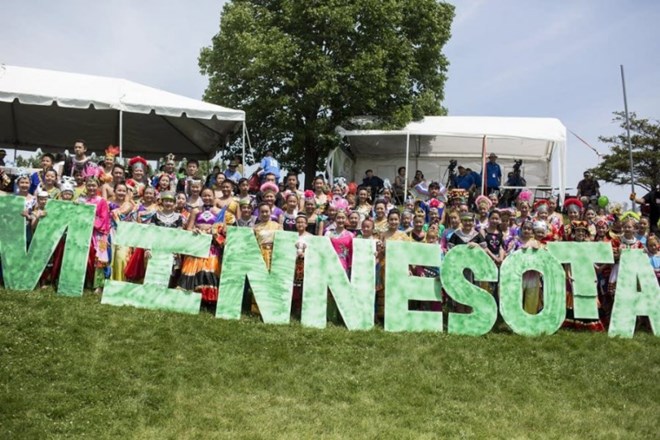
Thursday January 28, 2021

When we think of diverse areas, we likely think of places like LA or New York City,3 which are up to 15 times more populated than Minneapolis: my home city. Minneapolis generally flies below that radar and doesn’t get the recognition that it deserves for the unique breadbasket that it is.
The ethnicities and cultures of many groups in Minnesota do not exist as densely anywhere else other than their motherlands. The cultures I will be talking about are those of which your average Joe wouldn’t be able to locate on a map.
If you’re from Minnesota, you have likely heard of Hmong People. I remember in elementary school we would have a showcase for the Hmong culture and arts, and we were all pretty familiar with Hmong people at a young age. In the Twin Cities, there exists a neighborhood called Frogtown that is vastly Hmong. Hmong people make up approximately 2% of the population of the entire state.
The Hmong people come from mainly South China, Vietnam, Laos, and Thailand. They are a people with no official land and have been persecuted by China and driven out. The largest diaspora of Hmong people in the United States came after the Vietnam war. The United States recruited many Hmong people to fight against the communist regime of Vietnam. In wake of the war, Hmong people started filtering in from Thai refugee camps and many of them were granted asylum. They predominately moved to California and Minnesota: The Twin Cities being the most densely Hmong populated area in the United States.
Of all places why Minnesota? Minnesota had a large presence of Voluntary Agencies who helped and pulled for them to come to Minnesota. The government even set up farming programs for them in the 80’s to help them practice their ways of life back in Southeast Asia. In 2013 Hmong businesses accounted for over $100 million in total revenue. They have become very productive and appreciated members of our Minnesotan society.
If you’re from Minnesota, you know at least a handful of Somali people. The High School that I went to had many Somali students attending. I would say that they were as prevalent as any other minority group in the area. If we head to Minneapolis, most have all heard of and seen the area referred to as “Little Mogadishu” which is a neighborhood located on the West bank campus, which is right next to the Carlson School of Management. The Somalis in Minneapolis have created their own community filled with Somali shopping malls, Halal meat stores and groceries, and many Somali restaurants and coffee shops.
Since the initial diaspora of Somali immigrants in the 80’s, the Somali population has climbed to around 250,000. There has always been political and economic unrest around the Horn of Africa, and Somalia saw a tremendous Civil War in the 90’s.
Minnesota has-by far- the largest Somali population on the world outside of Somalia. A close second would be Toronto and London.
I always found it funny that people from a country that averages 80 degrees Fahrenheit year-round, decided to come to one of the coldest areas in the United States. The reason for that is not much different than why so many Hmong settled here. Minnesota had many Lutheran volunteer agencies that attracted and brought in many of the Somali asylum seekers. Many other Somalis followed suit after the first ones had set up a community and established themselves. Somalis account for up to half a billion dollars in purchasing power in Minnesota and are the second largest immigrant group in the state.
I think that it is fascinating to look at how unique the Twin Cities are. Some of the diversity that we have here does not exist anywhere else in the United States, and this is what truly makes the Twin Cities so unique. These two groups have made a tremendous impact through their immense presences and have become very productive members of our society. I invite you to check out one of their respective restaurants and shops; the food is super fire and is an experience you will not get anywhere else in America.